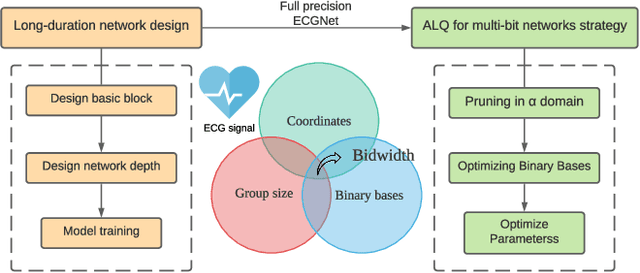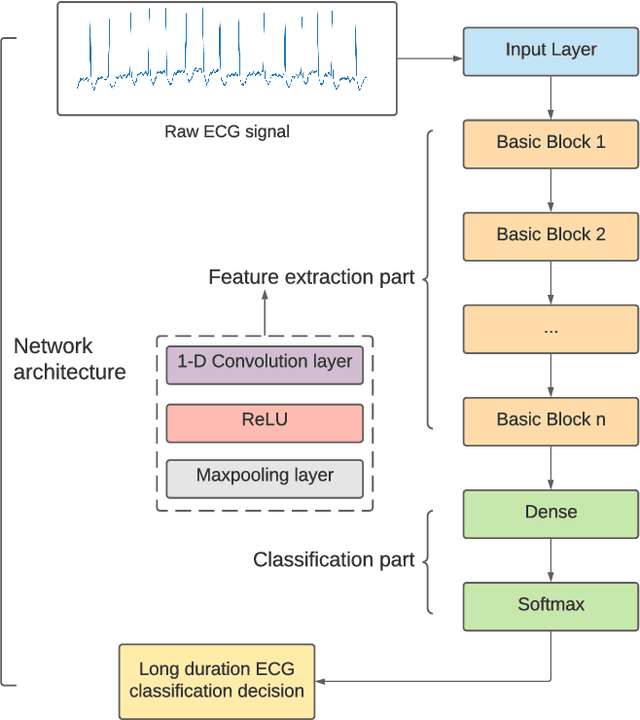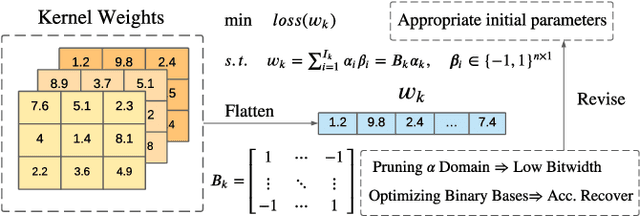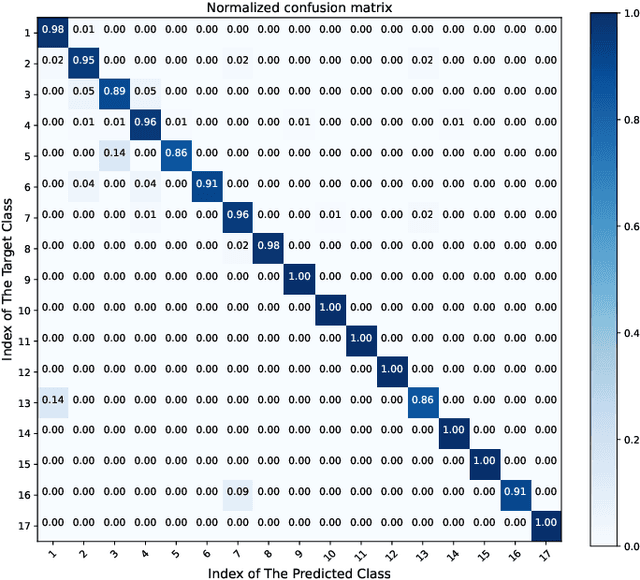Zhiqing Li
Macro Graph of Experts for Billion-Scale Multi-Task Recommendation
Jun 12, 2025Abstract:Graph-based multi-task learning at billion-scale presents a significant challenge, as different tasks correspond to distinct billion-scale graphs. Traditional multi-task learning methods often neglect these graph structures, relying solely on individual user and item embeddings. However, disregarding graph structures overlooks substantial potential for improving performance. In this paper, we introduce the Macro Graph of Expert (MGOE) framework, the first approach capable of leveraging macro graph embeddings to capture task-specific macro features while modeling the correlations between task-specific experts. Specifically, we propose the concept of a Macro Graph Bottom, which, for the first time, enables multi-task learning models to incorporate graph information effectively. We design the Macro Prediction Tower to dynamically integrate macro knowledge across tasks. MGOE has been deployed at scale, powering multi-task learning for the homepage of a leading billion-scale recommender system. Extensive offline experiments conducted on three public benchmark datasets demonstrate its superiority over state-of-the-art multi-task learning methods, establishing MGOE as a breakthrough in multi-task graph-based recommendation. Furthermore, online A/B tests confirm the superiority of MGOE in billion-scale recommender systems.
Alleviating Behavior Data Imbalance for Multi-Behavior Graph Collaborative Filtering
Nov 12, 2023Abstract:Graph collaborative filtering, which learns user and item representations through message propagation over the user-item interaction graph, has been shown to effectively enhance recommendation performance. However, most current graph collaborative filtering models mainly construct the interaction graph on a single behavior domain (e.g. click), even though users exhibit various types of behaviors on real-world platforms, including actions like click, cart, and purchase. Furthermore, due to variations in user engagement, there exists an imbalance in the scale of different types of behaviors. For instance, users may click and view multiple items but only make selective purchases from a small subset of them. How to alleviate the behavior imbalance problem and utilize information from the multiple behavior graphs concurrently to improve the target behavior conversion (e.g. purchase) remains underexplored. To this end, we propose IMGCF, a simple but effective model to alleviate behavior data imbalance for multi-behavior graph collaborative filtering. Specifically, IMGCF utilizes a multi-task learning framework for collaborative filtering on multi-behavior graphs. Then, to mitigate the data imbalance issue, IMGCF improves representation learning on the sparse behavior by leveraging representations learned from the behavior domain with abundant data volumes. Experiments on two widely-used multi-behavior datasets demonstrate the effectiveness of IMGCF.
Arrhythmia Classifier Using Convolutional Neural Network with Adaptive Loss-aware Multi-bit Networks Quantization
Feb 27, 2022



Abstract:Cardiovascular disease (CVDs) is one of the universal deadly diseases, and the detection of it in the early stage is a challenging task to tackle. Recently, deep learning and convolutional neural networks have been employed widely for the classification of objects. Moreover, it is promising that lots of networks can be deployed on wearable devices. An increasing number of methods can be used to realize ECG signal classification for the sake of arrhythmia detection. However, the existing neural networks proposed for arrhythmia detection are not hardware-friendly enough due to a remarkable quantity of parameters resulting in memory and power consumption. In this paper, we present a 1-D adaptive loss-aware quantization, achieving a high compression rate that reduces memory consumption by 23.36 times. In order to adapt to our compression method, we need a smaller and simpler network. We propose a 17 layer end-to-end neural network classifier to classify 17 different rhythm classes trained on the MIT-BIH dataset, realizing a classification accuracy of 93.5%, which is higher than most existing methods. Due to the adaptive bitwidth method making important layers get more attention and offered a chance to prune useless parameters, the proposed quantization method avoids accuracy degradation. It even improves the accuracy rate, which is 95.84%, 2.34% higher than before. Our study achieves a 1-D convolutional neural network with high performance and low resources consumption, which is hardware-friendly and illustrates the possibility of deployment on wearable devices to realize a real-time arrhythmia diagnosis.
 Add to Chrome
Add to Chrome Add to Firefox
Add to Firefox Add to Edge
Add to Edge